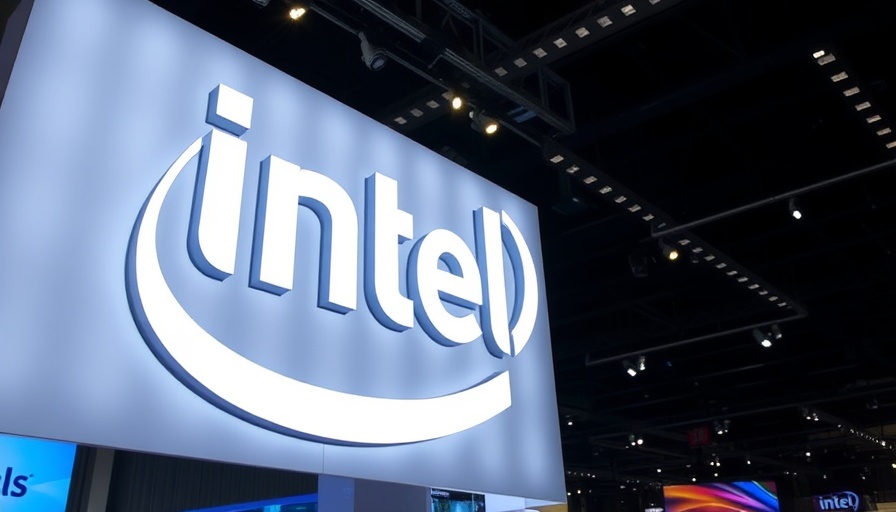
Intel's Major Layoff Plans: A Deep Dive
Intel is gearing up for a significant workforce reduction, as reports indicate it plans to lay off over 21,000 employees, constituting approximately 20% of its global workforce. This announcement is anticipated to follow closely on the heels of their Q1 earnings call led by newly appointed CEO Lip-Bu Tan. Such a drastic move comes after a tumultuous few years for the tech giant, which has seen its stock price plummet by around 67% over the past five years.
Why Now? Understanding the Corporate Context
The motivation behind this extensive layoff is multifaceted. Tan aims to "streamline management and rebuild an engineering-driven culture," a shift that he believes is essential for the company’s revitalization. The changes follow a troubling trend at Intel, where manufacturing and product developments have not kept pace with competitors such as AMD and NVIDIA. Tan has already taken steps to reorganize the companies’ operations, including spinning off certain divisions which were deemed non-essential.
The Financial Landscape: Analyzing Intel's Challenges
Since Tan's introduction as CEO in late 2024, Intel has encountered numerous obstacles — both operational and financial. The recent decision to sell a controlling interest (51%) in its Altera semiconductor business to private equity firm Silver Lake illustrates a strategic shift towards a leaner, more focused company structure. By cutting down on personnel and reallocating resources, Tan hopes to foster innovation and meet market demand more effectively.
The Employee Perspective: Job Cuts and Emotional Impact
For many Intel employees, this layoff news is disheartening. With the tech sector already riddled with anxiety over job security amid economic uncertainties, the impending job cuts could catalyze feelings of instability and fear. Current and former employees are likely to experience a range of emotions, from frustration to sadness, as they contend with the implications of such profound changes in their workplace. In-depth interviews with affected staff can shed light on these personal stories, reflecting the human element in corporate decision-making.
The Broader Implications for the Tech Industry
This restructuring at Intel serves as a critical case study for the wider tech sector. Layoffs, often viewed as the last resort during adverse times, signal a need for firms to reassess their strategies and market positioning. In the context of ongoing economic challenges, other companies within the tech ecosystem may watch Intel's adjustments closely to gauge their repercussions and potential best practices. This could lead to a transformative period in tech employment practices, emphasizing efficiency over sheer workforce size.
Future Predictions: What Lies Ahead for Intel?
The road ahead for Intel seems fraught with challenges but also ripe with opportunities for reinvention. If Tan's strategies are successful, there could be a significant turn in Intel’s fortunes — a rejuvenation that might position the company as a leader in innovation once again. However, if poorly executed, these layoffs may deepen the company’s financial malaise and erode employee morale further. Industry analysts will be watching closely as Intel navigates this critical period.
Final Thoughts: A Call for Collective Responsibility
As layoffs roll out and corporate restructuring takes place, it’s crucial for tech leaders to approach this sensitive issue with empathy and foresight. Engaging with employees, providing support during transitions, and maintaining transparent communication may help mitigate the damage caused by layoffs in the long term. The tech community must reflect on these strategies and develop plans that prioritize both business viability and workforce sustainability.
 Add Row
Add Row  Add
Add 



Write A Comment